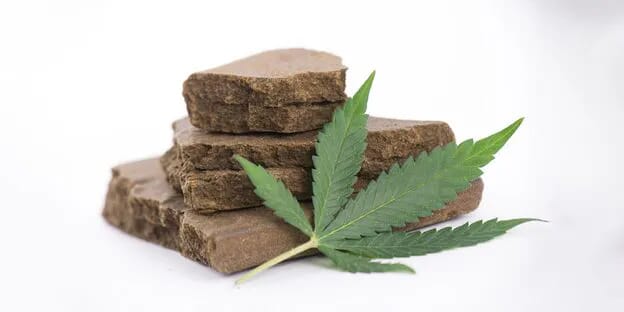By: Juan Sebastian Chaves Gil.
Hashish, derived from the resin or pollen of cannabis, comes in different shapes and colors and is most commonly consumed through cigarettes or pipes, often mixed with tobacco. Its THC content ranges from 8% to 14%, making it easy to transport and the main form of cannabis trade in many countries in Asia, Africa and Europe.
Originating in ancient Persia, mass production of hashish became popular in Morocco in the 1960s and 1970s, consolidating it as the world’s leading exporter. Its preparation has evolved, employing modern methods such as separations with ice and water, static electricity, heat and pressure, among others.
Several investigations have linked the characteristic flavor of hashish to specific manufacturing processes. In legal terms, cannabis and its derivatives are subject to regulations that vary from country to country, being controlled due to its high THC content, although changes in legislation have been proposed, arguing the failure of prohibitionist policies.
The quality of hashish can be determined by its aroma and texture, with a fragrant smell and non-sticky consistency being signs of high quality, while a rancid smell or presence of oils may indicate the opposite. Color can also be indicative of quality, with an overly green interior being a possible sign of lower purity.
Hashish, a concentrated resin of cannabis, has been a substance of human interest for centuries. However, its quality varies significantly, and distinguishing between high and low-quality products can be a challenge for consumers. Here, we will explain and explore some keys to identifying the quality of hashish.
Visual and Tactile Aspects:
High-quality hashish often has a sticky and oily appearance, with a smooth and malleable texture. Its colors can range from light browns to golden or even yellow tones. The consistency should be uniform and should not contain foreign elements, such as visible hairs or impurities.

